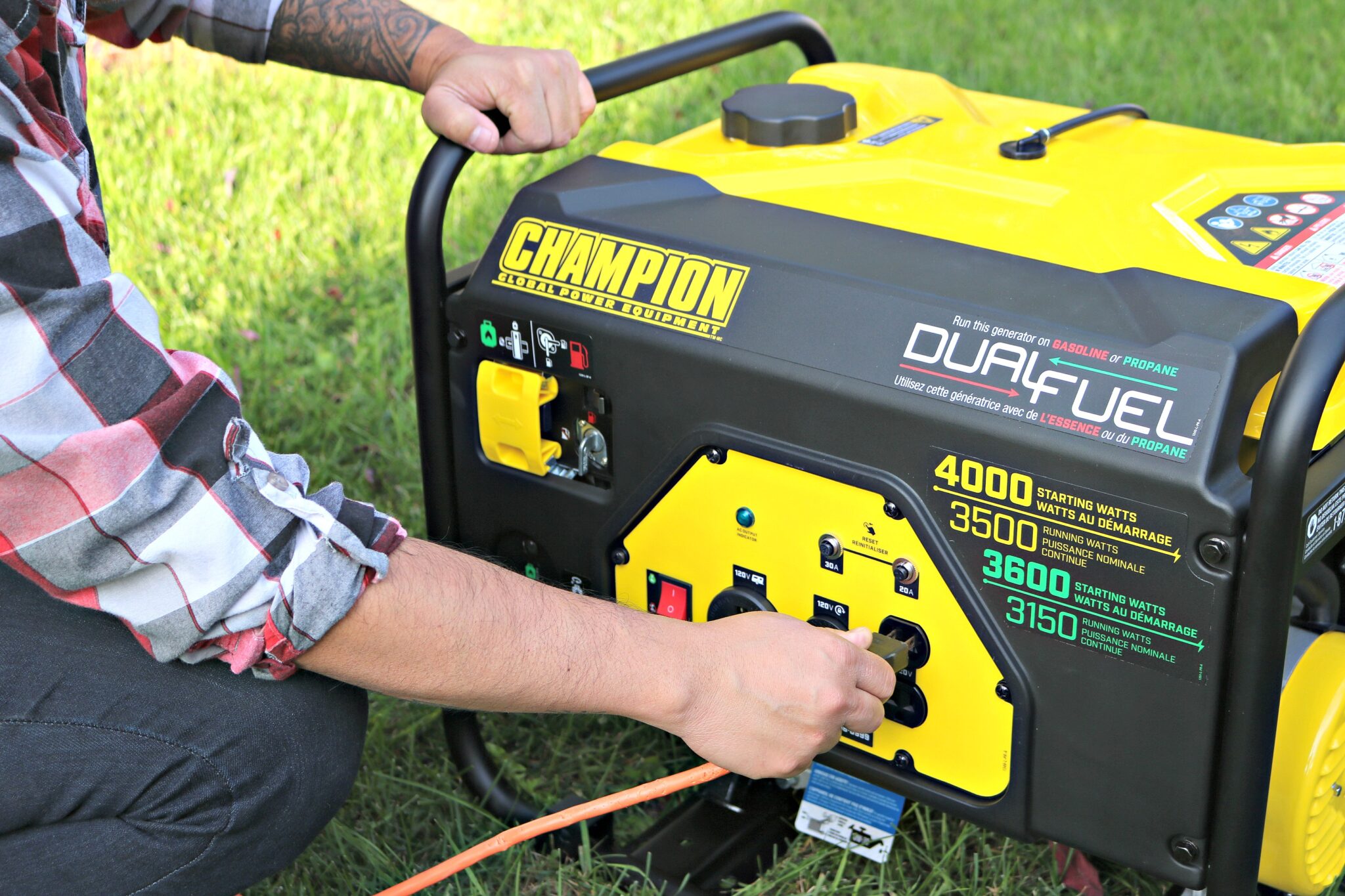The Pros and Cons of Using a Credit Card Cash Advance

Using a Credit Card Cash Advance
Credit cards offer many benefits, including the convenience of making purchases without carrying cash. Most credit card companies also let users withdraw cash, a process called a credit card cash advance.
This lets cardholders withdraw part of their available credit as cash, essentially borrowing against their credit limit.
In the Philippines, you can get a credit card cash advance at ATMs. Just insert your credit card, enter your PIN, and select the cash advance option to access cash.
For a Maya credit card, such as the Landers Cashback Everywhere Credit Card, you can withdraw cash from any ATM that supports VISA.
Keep in mind, though, that the amount you can withdraw is usually lower than your credit limit and often has daily limits. While a cash advance can be helpful in emergencies, there are also costs and drawbacks to consider.
Here’s a look at the pros and cons of using a credit card cash advance, helping you decide if it’s right for you and how often you should consider it.
The Pros of Using a Credit Card Cash Advance
Instant Access to Cash
One of the biggest advantages of a credit card cash advance is instant cash access, which can be crucial in emergencies. For example, you might need cash for a medical expense or urgent car repair.
In the Philippines, where many transactions still require cash, this can make a big difference in stressful situations.
You also don’t need a bank balance to access a cash advance. You’re borrowing against your credit limit, making it useful if your liquid funds are low.
No Credit Approval Needed
Unlike a loan, a credit card cash advance doesn’t need lengthy approval or credit checks. If you have a credit card with available credit, you can withdraw cash instantly without additional documentation.
This is a big time-saver, especially in urgent situations, as you avoid the paperwork and delays typical of loans.
Available Almost Anywhere
Credit card cash advances are also flexible. Whether you’re in the Philippines or traveling abroad, you can withdraw cash from ATMs that support your card’s network (such as VISA or MasterCard).
This is helpful in places that don’t accept credit cards or during emergencies overseas. Be aware, though, that overseas cash advances may come with extra foreign transaction fees.
The Cons of Using a Credit Card Cash Advance
High Fees and Interest Rates
A cash advance may be quick, but it’s also expensive. Many banks charge a flat fee or a percentage of the withdrawal, typically 3% to 5%.
Additionally, cash advances carry much higher interest rates than standard purchases, often ranging from 2.5% to 3.5% per month.
Using an ATM for a cash advance might also add fees, especially if the ATM isn’t within your credit card issuer’s network.
Each transaction can cost between PHP 10 and PHP 50. If you withdraw cash while traveling abroad, you could also face foreign transaction fees or currency conversion charges, increasing the overall cost.
No Grace Period
Unlike regular credit card purchases, cash advances don’t come with a grace period. Interest starts accruing the moment you withdraw cash, making cash advances expensive if you can’t repay them quickly.
Risk of Overspending
With easy access to cash, there’s a risk of overspending. It’s tempting to withdraw more than you need or to rely on cash advances often in tough times.
This can lead to heavy debt, especially if you can’t repay the balance quickly due to high interest rates. Frequent use of cash advances may create a cycle of debt that affects your long-term financial stability.
You May Also Like:
- 4 Crucial Things You Should Know About Balance Transfer Credit Cards
- Teaching Kids About Finances with M is For Money. #MisforMoney
- Exploring the Emotional and Practical Aspects of Using Reverse Mortgage Purchase Funds
- 4 Basic Financial Tips to Help You Save More
In summary, credit card cash advances can provide quick cash access in emergencies, offering an alternative to traditional loans.
However, understanding the financial implications and using this option responsibly is crucial to avoiding debt and securing your financial health.
Do you have any tips to add?
Leave a comment below if you have questions!
— Jennifer
PIN FOR LATER:
I am a girl from the UK with a lot of thoughts. I left the rat race of the corporate and marketing world to be my own boss. I write about life, finances, home design, fashion, and more. Hoping to inspire people every day. I’m a writer, a reader, and an old soul.







